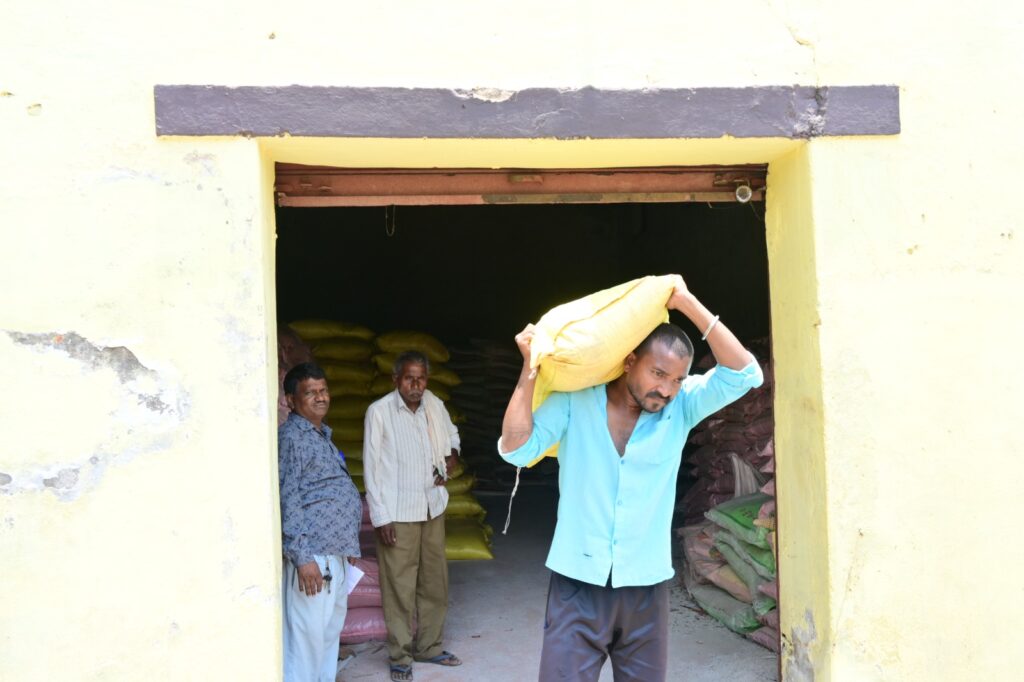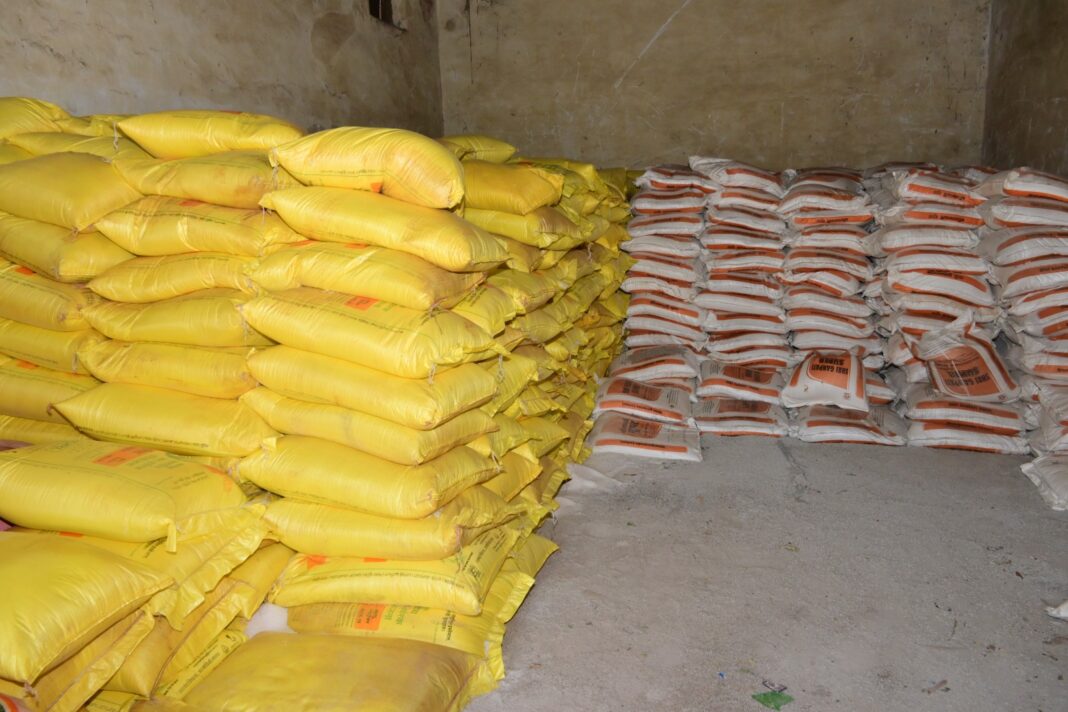Agriculture Department Recommends Technical Solutions to Ensure Optimal Kharif Crop Yield Despite DAP Unavailability
Published on: May 19, 2025
By: [BTI]
Location: Rajnandgaon, India
According to the Indian Meteorological Department, the southwest monsoon is expected to reach Chhattisgarh by June 11, 2025. In preparation for the Kharif season, farmers in Rajnandgaon district are actively engaged in field tilling and organizing seeds, fertilizers, and organic inputs. The total Kharif cropping area in the district stands at 184,400 hectares, including 174,215 hectares of paddy, 2,100 hectares of maize, 1,295 hectares of pulses, and 3,340 hectares of oilseeds.

Fertilizers play a crucial role in crop productivity, but a possible shortfall in the availability of Di-Ammonium Phosphate (DAP) at the state level has prompted agricultural authorities to suggest scientifically backed alternatives. Farmers are already securing fertilizer stocks in advance through cooperative societies. To counter the anticipated DAP shortage, the Agriculture Department has provided detailed technical guidelines for using alternative fertilizers without compromising crop yields.
For example, short-duration and traditional varieties of paddy require 24 kg nitrogen, 16 kg phosphorus, and 8 kg muriate of potash (MOP) per acre. This can be substituted with 52 kg urea, 100 kg single super phosphate (SSP), and 13 kg MOP or 50 kg of complex NPK (12:32:16), among other combinations. Similar nutrient substitution formulas are advised for medium and long-duration dwarf paddy varieties.
Also read- https://www.btnewsindia.com/डिप्टी-सीएम-विजय-शर्मा-ने/ https://www.btnewsindia.com/chhattisgarh-assembly-speaker-dr-raman-singh-pays-tribute-to-late-leaders-in-bharregaon-and-janglesar/
In addition, field trials by Indira Gandhi Agricultural University, Raipur, suggest that using nano DAP and nano urea can reduce the recommended quantities of conventional fertilizers by 25%. Farmers are advised to apply nano DAP at 5 ml/kg seed for seed treatment or root dip, and spray 2 ml/litre water on foliage 30 days after sowing or transplanting. Nano urea should be sprayed at 4 ml/litre twice — once between 30-35 days and again between 55-60 days after sowing.
For hybrid and composite maize varieties, the department recommends specific alternatives based on nutrient requirements of 32-40 kg nitrogen, 16-24 kg phosphorus, and 12-16 kg MOP per acre. Detailed substitution combinations with urea, SSP, NPK complexes, and MOP have been outlined to help farmers make informed decisions.
For pulses like pigeon pea, green gram, and black gram, as well as oilseeds like soybean and groundnut, recommendations have been provided based on exact nutrient requirements. The department has also addressed requirements for small millets such as ragi and kodo.
These technical interventions are aimed at ensuring that the Kharif season remains productive even in the face of fertilizer supply disruptions. Farmers are encouraged to consult local agricultural extension officers for personalized guidance based on crop type, soil conditions, and available resources.




